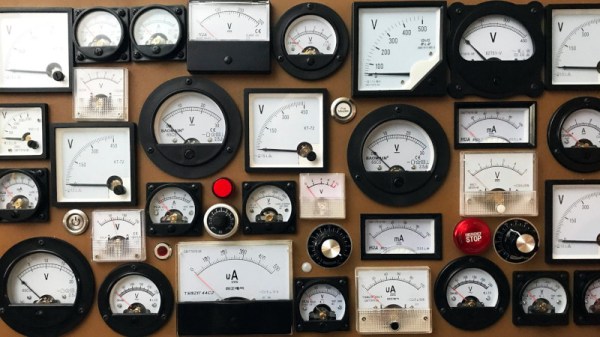Almost every type of retro indicator technology from a Nixie tube to a flipdot with everything else in between has found itself on these pages in some form of artwork or decoration. It’s pleasing then to see one that hasn’t appeared so much over the years, and particularly at the hands of our colleague [Voja Antonic]. He’s taken a large array of moving-coil panel meters and hooked them up to a microcontroller board that’s triggered by a PIR sensor. Normally the readings are random, but get too close to it and all those needles start moving, making for a very different take on an electronic wall display.
He’s not given us the details of the control circuit he’s used, but in a sense that matters little. We think any Hackaday reader who knows one end of a soldering iron from the other should be able to produce a small DC current from a DAC to drive a meter, and we don’t think the software to make random readings would trouble many of you either.
Meanwhile [Voja] has produced so many interesting projects over the years, not least the 2022 Superconference badge. Here’s one from a few years ago.












